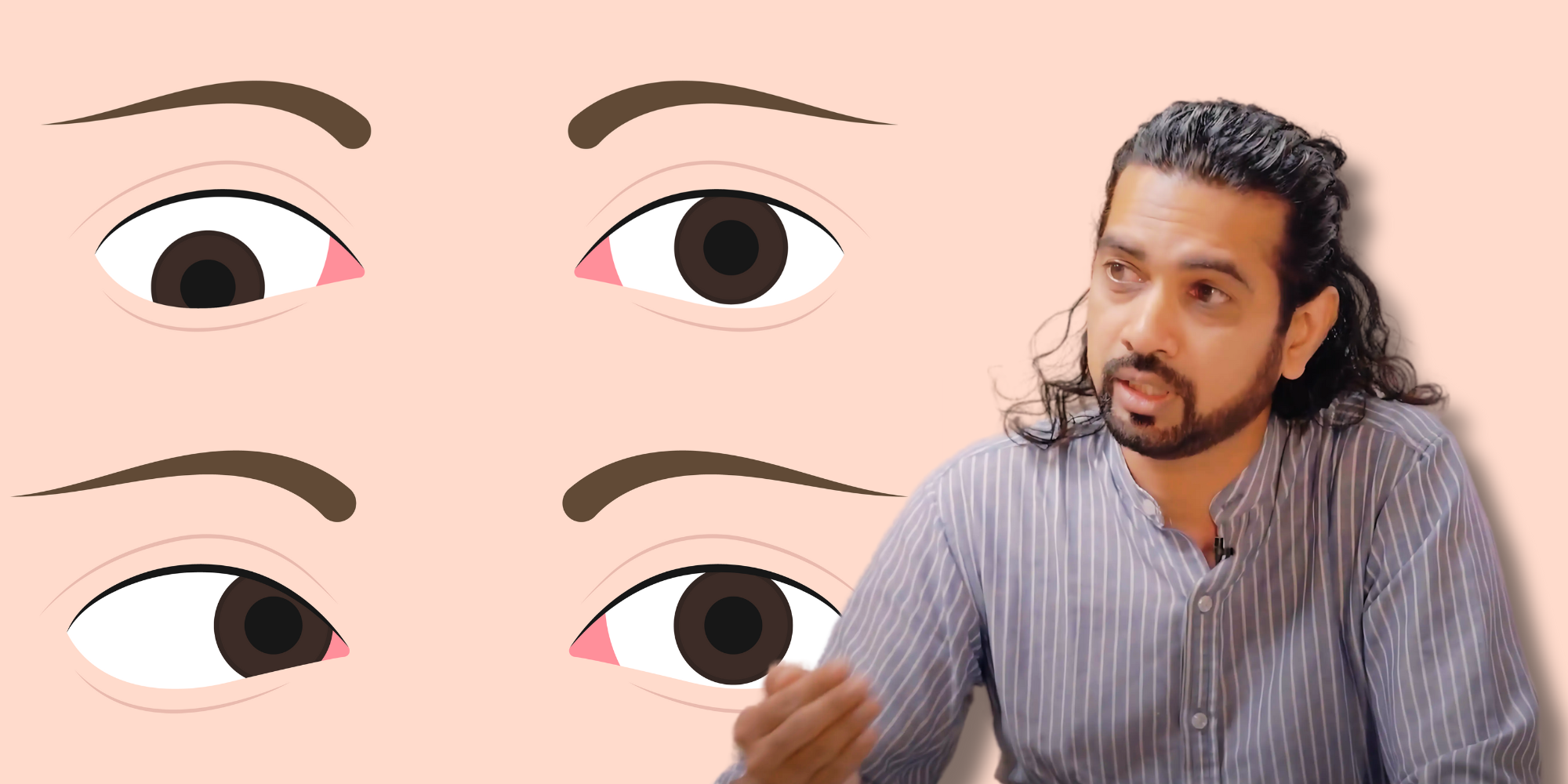Amblyopia, commonly known as lazy eye, affects millions of children and adults worldwide. This condition occurs when the brain starts ignoring signals from one eye due to its weaker performance compared to the other.
Although the eye itself is physically healthy, the weakened communication with the brain leads to impaired vision, making it challenging for affected individuals to participate in sports and social activities, often resulting in low confidence and even bullying.
Traditionally, treatment for lazy eye involved ‘patch therapy,’ where the stronger eye is patched to force the weaker eye to work harder. However, this therapy often struggles with low acceptance among children due to discomfort and a lack of effectiveness in improving depth perception.
Neurasim: A game-changer?
Neurasim is an innovative solution developed to address the limitations of traditional lazy eye treatments. Utilising a virtual reality (VR) headset, Neurasim trains both eyes of the affected person to work together, significantly improving vision and depth perception in just 20 to 40 days, the startup claims.
Unlike patch therapy, this approach is non-invasive, comfortable, and engaging for children.
The treatment has reportedly been successful, enabling even complex cases of amblyopia to show marked improvement in vision. In a trial involving a seven-year-old child, Neurasim demonstrated a 300% improvement in vision after just 20 sessions, and depth perception increased by 600%, the startup claims.
A real-world solution in healthcare
Unlike previous VR technologies that have struggled to find practical applications, Neurasim is making an impact in the healthcare sector by offering a real, practical solution.
Founded with the help of an Indo-Polish educational grant, Neurasim has developed an end-to-end patented technology that provides accessible treatment options for children and adults with amblyopia. The company has obtained patents in both India and the US for this novel approach.
Neurasim has collaborated with leading eye hospitals to bring this innovative technology to those in need. The company has also taken steps to ensure the accessibility of its product by offering the treatment at home. Patients can now receive initial therapy sessions at clinics and continue their treatments at home using VR headsets provided by Neurasim, making the therapy more convenient and scalable.
Scaling and commercialising Neurasim
One of the key challenges faced by Neurasim in the early stages was hardware dependency, but the team overcame this by making their software device-agnostic. Today, Neurasim runs on VR headsets from local Indian suppliers, which has facilitated the scaling process. The company has partnered with major eye hospital chains across the country, providing treatment at over 70 hospitals through a centralised approach.
Neurasim operates on a B2B model and is expanding to a B2B2C model, allowing clinics to provide home-based therapy to children and adults. This model is not only scalable but also economically viable, with each clinic capable of treating dozens of patients at home every month. With plans for further expansion, Neurasim aims to make a meaningful impact on the millions of children and adults affected by amblyopia.










